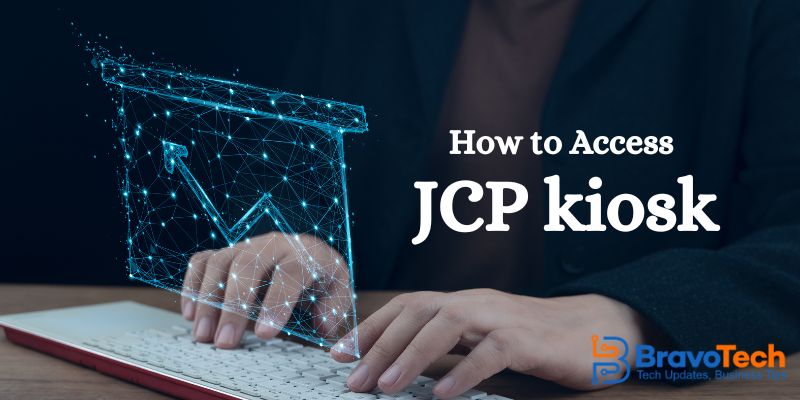A Step-by-Step Guide for Conducting Better Product Discovery

Have you ever questioned why some products succeed, and others fail in the market? A common reason for startup failure is creating solutions without a real market need. How do you avoid this in your project?
The solution is to focus on customers and use an approach that helps create products based on user needs. Conducting the Product Discovery process is one way to help you achieve that.
Reenbit offers versatile product discovery services to streamline the journey from ideation to product development.
This blog post contains a step-by-step roadmap for conducting better product discovery. Explore the essence of product discovery and learn why it’s the linchpin for triumph in today’s dynamic business landscape.
What Is Product Discovery and Why Is It So Important?
Product management experienced a boom of successful tactics in the 1990s, but businesses frequently failed to comprehend customer input. As a result, there were expensive setbacks and low demand for the products even when they were fully released. The ability to embrace client input as a regular, ongoing dialogue throughout the process of developing something special is a superpower in continuous product discovery. It’s about turning customer learning into a routine rather than an isolated event at the beginning of the project.
The first stage of product development, known as “product discovery,” is to understand market demands, spot opportunities, and come up with workable solutions. It ensures that the product is novel and well-received by matching it with market demands and user wants, which lays the groundwork for a successful outcome.
The Product Discovery Process: What Is It?
The methodical process of turning a concept into a physical, commercially viable product is known as the product discovery process. It contains several well-planned steps, all of which help the product development lifecycle succeed as a whole.
For additional information about cutting-edge approaches to product creation, go to https://reenbit.com. Discover how our all-inclusive approach to product discovery may improve your product development process.
Methodologies such as competition analysis, A/B testing, and user interviews are essential for guiding the creation of successful and user-focused solutions and obtaining significant insights within the context of product discovery examples.
The product discovery phase serves as your road map in product management. It is the place where conceptions come to life and take on form.
What Steps are Included in the Process of Finding a Product?
1. Specify your Objectives and Goals
Clearly outlining your goals and objectives is the first stage in any product discovery journey. What issue are you trying to resolve? For your users, what benefit are you providing? At this point, laying a strong foundation sets the tone for the entire undertaking.
2. Form a Group
Finding new products is a collaborative effort. Assemble a broad staff with a range of perspectives and skill sets. A diverse staff, including market analysts and designers, guarantees a thorough approach to innovation and problem-solving. The development team determined the essential user needs and market requirements for their novel application during the software product discovery phase.
Read Also: Top Customer Experience Tools for Product Managers
3. Market Analysis
It is essential to comprehend the market environment in order to make wise selections. Analyse the market thoroughly to find trends, rivals, and business possibilities. This stage offers insightful information that directs your product development process.

4. Brainstorming and Idea Generation
Brainstorming and ideation sessions are the foundation of product discovery. Encourage team members to think creatively, explore unconventional ideas, and express their opinions. This step prepares the ground for creative fixes. Utilise cutting-edge product discovery tools to facilitate the integration of technology into the process of generating new product ideas, hence increasing teamwork and efficiency during ideation sessions.
5. Setting Priorities
Setting priorities is what to do after you have a pool of ideas at your disposal. Decide which of the ideas best fits your objectives and is both realistic and meaningful. This stage makes sure that you concentrate your attention on concepts that have the best chance of succeeding.
6. Initiation
Prototyping allows you to bring your ideas to life. Make physical copies of your ideas so you can test and see them in action. Before beginning a large-scale project, prototypes help get early feedback and fine-tune your concepts.
7. Examining Users
Test your prototypes with actual users. In order to gain real feedback and learn how your target market uses your product, you must conduct user testing. This feedback loop helps ensure that the essential changes are made.
8. Repeat and Improve
Iterate and improve your product in response to user input. Adopt an attitude of continuous improvement and make changes to improve user experience, fix issues, and make sure your product meets user wants and expectations.
9. Approval
Verify your product concept before proceeding. Make sure it satisfies user requirements and complements your corporate goals. In order to confidently move on to the next stage, validation is a crucial checkpoint.
Read Also: Step-by-Step Guide to Become an Amazon Product Tester
10. Transfer to Product Creation
It’s time to give the concept the ultimate go-ahead and turn it over to the product development team. In order to facilitate a seamless transition from discovery to development, give them access to the insights, comments, and revised concepts obtained throughout the product discovery process.
Methodologies such as competition analysis, A/B testing, and user interviews are essential for guiding the creation of successful and user-focused solutions and obtaining significant insights within the context of product discovery examples.
Conclusion
Every step you take in the vibrant field of product discovery is like painting a new picture of invention. From goal-setting to the last handoff, this process is a symphony of imagination and strategy. Teams may negotiate the complexity of product development with clarity and purpose by using these stages, and they will ultimately offer solutions that match market expectations and resonate with users. Take your project to the next level, absorb knowledge from the finest, and use product discovery as your compass to achieve unmatched achievement.






